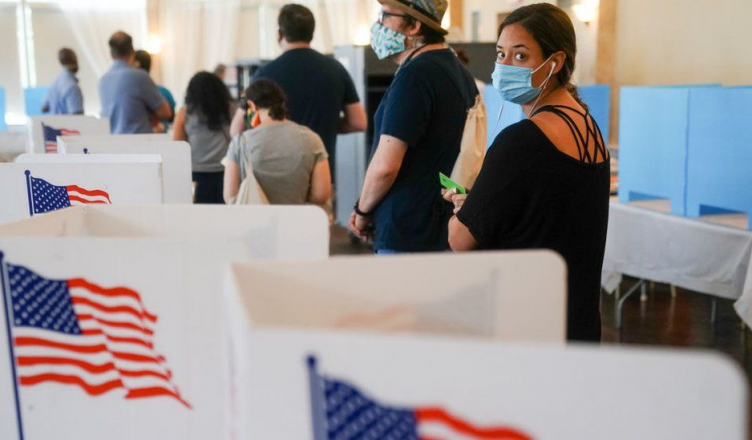During Reconstruction, African Americans exercised their newly-won rights to vote, run for local, state, and federal officials, and serve on juries. However, these rights were not long-lived. Since the conclusion of Reconstruction, the United States has adopted a widespread practice known as suppression law (1865-77).
Poll taxes
Poll taxes were a form of voter suppression throughout the history of the United States. It was used to deny the right to vote to black Americans and was a form of segregation in the South. In 1962, the House of Representatives passed the Twenty-fourth Amendment, which outlawed the practice in federal elections. While this was essential in the fight against segregation, it did not go far enough to protect black voters in state elections. That is why Representative John Lindsay argued for a more comprehensive amendment to protect black voters.
The Eleventh Circuit has held that poll taxes do not have a meaningful relationship to the qualifications of a voter and thus introduce a capricious factor into the voting process. Additionally, even though the Constitution expressly permits it, poll taxes cannot be used to deny convicts the ability to vote.
The poll tax emerged in the United States in the late nineteenth century. Even though the Fifteenth Amendment had extended the right to vote to people of all races, many Southern states still imposed poll taxes to prevent blacks from exercising their right to vote. These laws often contained a “grandfather clause” that allowed males who had voted before slavery was abolished to vote without paying a poll tax. However, these laws disproportionately harmed poor, minority, and female voters.
In 1955, Leo Carr paid a poll tax. He has now given a copy of his receipt to the National Museum of African American History and Culture. Today, it is worth $13. In 2012, his family gave him a ticket to the museum. Poll taxes were a form of voter suppression for a century and still exist today. Visit sites like https://www.naacpldf.org/naacp-publications/ldf-blog/important-facts-about-ldfs-lawsuit-challenging-georgias-voter-suppression-bill/ to learn more about the suppression bill.
Racial or partisan gerrymandering
Racial or partisan gerrymandered districts are often used to suppress minority voting rights. These districts are often drawn to favor Republicans. But that’s only sometimes the case. The Supreme Court is set to decide the constitutionality of partisan gerrymandering in the Supreme Court’s upcoming case, Gill v. Whitford.
The Supreme Court recognized this claim in 1993 in the case of Shaw v. Reno. It ruled that a district’s racial makeup could not be the leading factor in deciding who wins a congressional election. The Court also said that the legislature could use race as a proxy for partisanship. This test is called “strict scrutiny.”
The Supreme Court has expanded the jurisprudence regarding racial gerrymandering. In Miller v. Johnson, the Court found that it is possible to analyze a map’s intent to determine whether the district’s racial makeup is an essential factor. In addition, Bethune-Hill v. Virginia State Board of Elections held that the map drawers used race to determine which candidates would win a district.
The process of redistricting is crucial to ensure that minority voters have equal opportunities to elect a candidate in their local area. After the Census results, minority advocacy groups expressed their need for reform.
New laws restricting voting access
Voting discrimination against language minorities is a nationwide issue. These citizens come from environments where the dominant language is not English and have been denied equal educational opportunities, resulting in low voting participation and high illiteracy rates. Often, voting discrimination is aggravated by physical intimidation.

